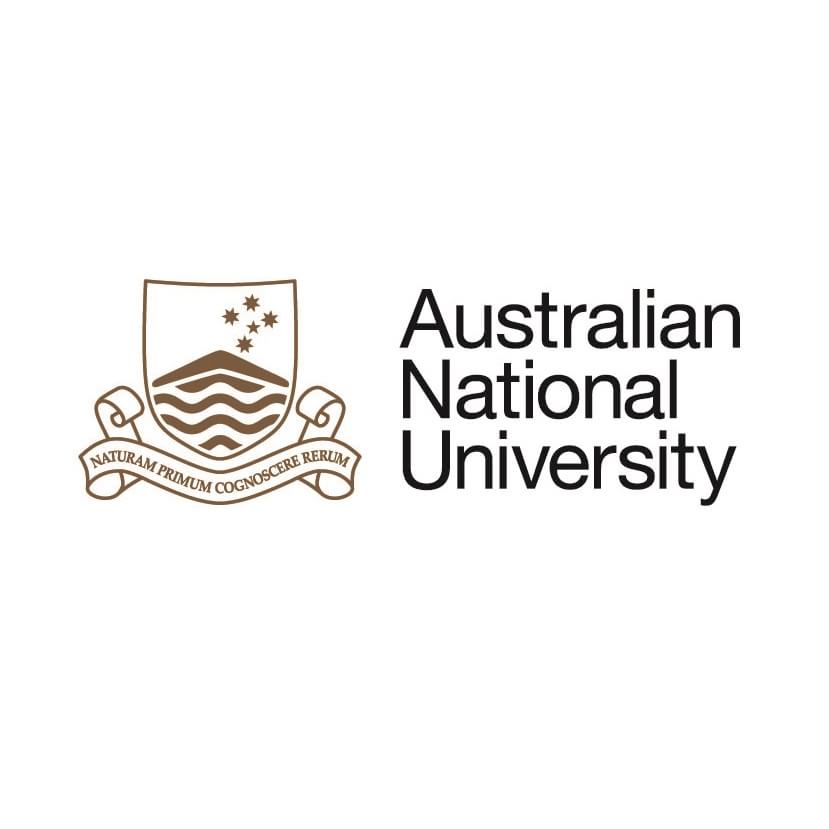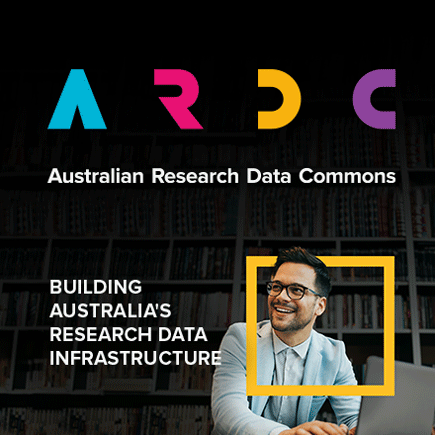Full description
Method: Experiment 1 Participants Participants were qualified paramedics employed by an Australian government ambulance service and paramedic students studying an accredited undergraduate paramedicine degree at an Australian university. Paramedics were invited to participate in the study during a regularly scheduled employer in-service program. Students were recruited during a face-to-face block of teaching on campus. No inducements or payments were offered for participation. Sixty-four paramedics and forty-four students completed Experiment 1 (see Table 1). Paramedics were predominantly male (64%), while students had greater gender balance (41% male). Paramedics had a median of 13 years’ experience in the role; the least experienced in this group had 3 years, while the most experienced had practiced for 41 years. Design Experiment 1 used a repeated-measures design that manipulated four levels of likelihood and measured self-reports of typicality and confidence on five-point ordinal scales and impression as a forced choice from four pre-defined options. Answer fluency was measured as the response time for the impression; timing commenced from when the options were presented and stopped with the participant’s first recorded impression. The experiment aimed to induce an intuitive decision by placing participants under time pressure and by undertaking an unrelated concurrent task (De Neys, 2006; Thompson et al., 2011). Ethical review The study protocol was considered and approved by the Australian National University Human Research Ethics Committee (2017/141) and the Australian Catholic University Human Research Ethics Committee (2017-163R). Materials One area of paramedic practice where there is good knowledge of objective likelihood is Acute Coronary Syndrome (ACS). ACS is an umbrella term for several life-threatening conditions including acute angina pectoris, ST-elevation myocardial infarction , and non-ST-elevation myocardial infarction. Patients with ACS commonly, but not always, present with chest pain. However, chest pain is associated with a range of possible diagnoses ranging from life threatening through to the relatively benign. Paramedics need to accurately identify the cause of chest pain as different diagnoses are associated with different (sometimes contradictory) treatment pathways. The signs and symptoms of ACS have been studied in several retrospective case-series (Body et al., 2010; Colbeck, 2016; Fanaroff, Rymer, Goldstein, Simel, & Newby, 2015; Sharif & Upadhye, 2016). These studies have generated likelihood ratios (LR+) for a range of signs, symptoms and risk factors. From these, a list of ‘cues’ was generated with an associated LR+ for ACS. For experiment 1, four written vignettes were designed to show a progression from most likely to least likely to be associated with ACS (Table 2). The information provided was deliberately restricted to a few key points similar to what paramedics would receive in reality to form an impression en route to an emergency incident. The experimental materials were presented on Qualtrics survey software (Qualtrics, Provo, UT). Paramedics accessed the software using a 10-inch touch-screen tablet in the classroom, while students used a desktop computer located in a university computer lab. Participants interacted with the software using a touch screen (with their finger or a stylus) or a mouse. Paramedics completed the experiment individually in a classroom environment ranging in size from two to 12. The paramedicine students participated individually in class groups of 20-30. Procedure Typically, a paramedic’s first exposure to a patient occurs before they meet. In many countries, members of the public requesting paramedic attendance in an emergency do so via a centralised call centre (e.g. 000 in Australia, 911 in the USA). Call centre staff seek basic information about the location and nature of the request, including limited patient information. This information is passed to the attending paramedic verbally or electronically before traveling to the patient, or en route to the patient. This allows the paramedic to form an “impression” of what might be wrong with the patient before ever seeing them, often while concurrently performing other tasks, such as navigating and driving to the location. When the paramedic arrives at the patient’s location, they can begin a more comprehensive and structured assessment leading to a diagnosis. The experimental design followed this structure to assess the role of this limited “pre-arrival” clinical information. After providing consent, participants answered a series of demographic questions using the software. Participants were then provided with on-screen instructions and prompted to press the “next” button when ready. This initiated the first of six practice tasks. The first three practice tasks consisted of an image of a street map with two markers on it. The map was taken from a location expected to be unfamiliar to Australian participants (the outer suburbs of Des Moines, Iowa, USA). Participants were instructed to mark a route between the markers. To ensure consistent task difficulty in both practice and experimental tasks, the markers were approximately the same linear distance apart and required a similar number of turns in the optimal route. The map appeared on the screen for only 12 seconds before automatically advancing, regardless of whether the full route had been marked or not. The first three practice tasks consisted of the navigation exercise only; the second three practice tasks combined the navigation exercise with clinical information. For these tasks, at the top of the map was brief written clinical information similar to that seen by paramedics when traveling to a patient. The information simulated information gathered by an emergency dispatcher from a caller during an emergency request for service (Figure 1). The word length of each vignette was similar, as were the number of cues. Again, the participant had only 12 seconds to complete the task and read the information provided. Following the navigation task, participants were asked the following questions (possible responses in square brackets): 1. Thinking just about the pre-arrival information, what do you think is most likely to be wrong with the patient? (Choose one option) [Presented in random order: Acute Coronary Syndrome; Respiratory Tract Infection; Musculo-skeletal injury; Pulmonary embolism] 2. For the previous question, you chose [response to previous question]. Based on the pre-arrival information you saw, how confident are you about your answer? [Not at all confident; Low confidence; Confident; Very confident] 3. Based just on the pre-arrival information you saw, how representative or typical was that patient compared to others with [response to first question] you know about or have experienced? [Very atypical; Atypical; Neither typical nor atypical; Typical; Very Typical] Responses to question one are referred to below as ‘impression’; responses to questions two and three are referred to as ‘confidence’ and ‘typicality’, respectively. Following the six practice tasks, participants were presented with the four experimental tasks in random order. The experimental tasks appeared to the participant as identical to the last three practice tasks. Figure 2 outlines the experimental procedure. Method: Experiment 2 Participants Participants were recruited using the same processes as experiment 1. No individual participated in both experiments 1 and 2. Sixty-five paramedics and eighty-three students completed experiment 2 (Table 7). Paramedics were predominantly male (69%), while students had the opposite gender balance (25% male). Paramedics had a median 14 years’ experience; the least experienced in this group were nine graduate interns with less than 12 months experience, while the most experienced had practiced for 32 years. The paramedic group was divided according to the median experience: Less experienced (<14 years) and More Experienced (>= 14 years). Materials Participants accessed the experimental materials as described in experiment 1. The tasks leading to an impression were identical to the “Most Likely” and “Least Likely” conditions in experiment 1 (see Table 3). Experiment 1 presented participants with limited information to make a decision, simulating the sort of information available to paramedics prior to meeting a patient, known as pre-arrival or dispatch information. Experiment 2 added additional information such as that available to a paramedic after they meet their patient; post-arrival information. Post-arrival information used previously identified cues to form one scenario likely to be ACS and another that was unlikely; for simplicity these will be referred to as “Likely” and “Unlikely” (see Table 8). Based on previous research, the likely scenario had an estimated positive likelihood ratio for ACS of 2.1 to 6.4, and the unlikely scenario had an estimated positive likelihood ratio of 0.1 to 1.0 (Body et al., 2010; Colbeck, 2016; Fanaroff et al., 2015; Sharif & Upadhye, 2016). In addition to the diagnostic cues identified by previous research, the vignettes contained additional information to provide participants with information typically gathered by paramedics in their patient assessment. The additional information was non-diagnostic; that is, they were in the normal range or were innocuous. Both vignettes had similar word counts and presented the same number of cues. Such vignettes are used commonly in paramedic initial and ongoing training, so the style and format were familiar to participants. The pre-arrival and post-arrival information was combined to form four vignettes each with two parts: Unlikely-Likely (UL); Likely-Unlikely (LU); Unlikely-Unlikely (UU); Likely-Likely (LL). The LL and UU vignettes were considered congruent; and the LU and UL vignettes were considered incongruent. Procedure The procedure was identical to experiment 1. After completing the practice tasks, participants were randomly assigned by the software to one of two groups: congruent or incongruent. Two vignettes were each presented in two parts. The first part was presented identically to that in experiment 1 and consisted of brief pre-arrival clinical information accompanied by a navigation task. As in experiment 1, the participant had 12 seconds to complete the task and read the information provided. They were then asked the same questions as in experiment 1 and the responses were recorded. Following this, they were presented with the second part of the vignette; the post-arrival information. There was no time limit applied to this information and the participant could move onto the next questions when they were ready. When they did so, they were asked to consider the information they had just read and were asked to respond to the same three questions presented earlier, slightly reworded to draw participants’ attention to the post-arrival information they had just read (Figure 4).Notes
463 KB.Significance statement
The dataset covers the first quantitative experimental analysis of paramedic diagnostic processes.Created: 2017
Data time period: 2017 to 2017
Spatial Coverage And Location
iso31661: Australia
Subjects
Cognitive Science |
Decision Making |
Medical and Health Sciences |
Medical and Health Sciences Not Elsewhere Classified |
Other Medical and Health Sciences |
Psychology and Cognitive Sciences |
decision making |
diagnosis |
dual process theory |
emergency medical services |
paramedics |
User Contributed Tags
Login to tag this record with meaningful keywords to make it easier to discover
Identifiers


